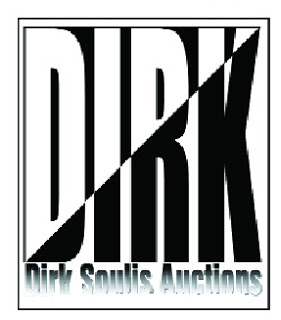Monday, October 11, 2016
Overcast and Rainy
17 Celsius / 62 Fahrenheit
Overcast and Rainy
17 Celsius / 62 Fahrenheit
Excellent Photography from Mr. Dirk Soülis
I've written about Mr. Dirk Soülis several times in the 5 years that I've been blogging. I discovered his find website and auctioned toys by having done a search one day. His photography is always superb, and he presents lots of photos of his toys going to auction.
Pratt and Letchworth was located in Buffalo, New York. As it turned out, the company was founded by 2 brothers Samuel Fetcher and Pascal Paoli Pratt, and William Pryor Letchworth as the Buffalo Malleable Iron Works. The company originally produced saddlery hardware and was the largest in the USA. In 1889, Mr. George S. Crosby, a toy designer was hired. The toys were marketed by the name of Buffalo Toy with the company then being known as Buffalo Indestructible Malleable Iron and Steel Toys).*
* reference atca-clug.org/article02.php
* reference atca-clug.org/article02.php
Since the company was established in the mid-1890's and existed later on, it manufactured toys that were popular at the time. These included horse-drawn fire wagons, and a whole group of different carriages, also that were horse-drawn.
A SCARCE PRATT & LETCHWORTH BAROUCHE IRON TOY CARRIAGE
A high quality cast iron horse drawn toy circa 1890, unsigned, all original paint etc,
measures 6.5 x 17 x 5.25 inches. Very good, complete, original condition.
Sold for: $ 3500.00 US
Thanks for dropping by,
and have a great time
of the day or night,
Wherever you may be.
Stacey Bindman
toysearcher@gmail.com

















































